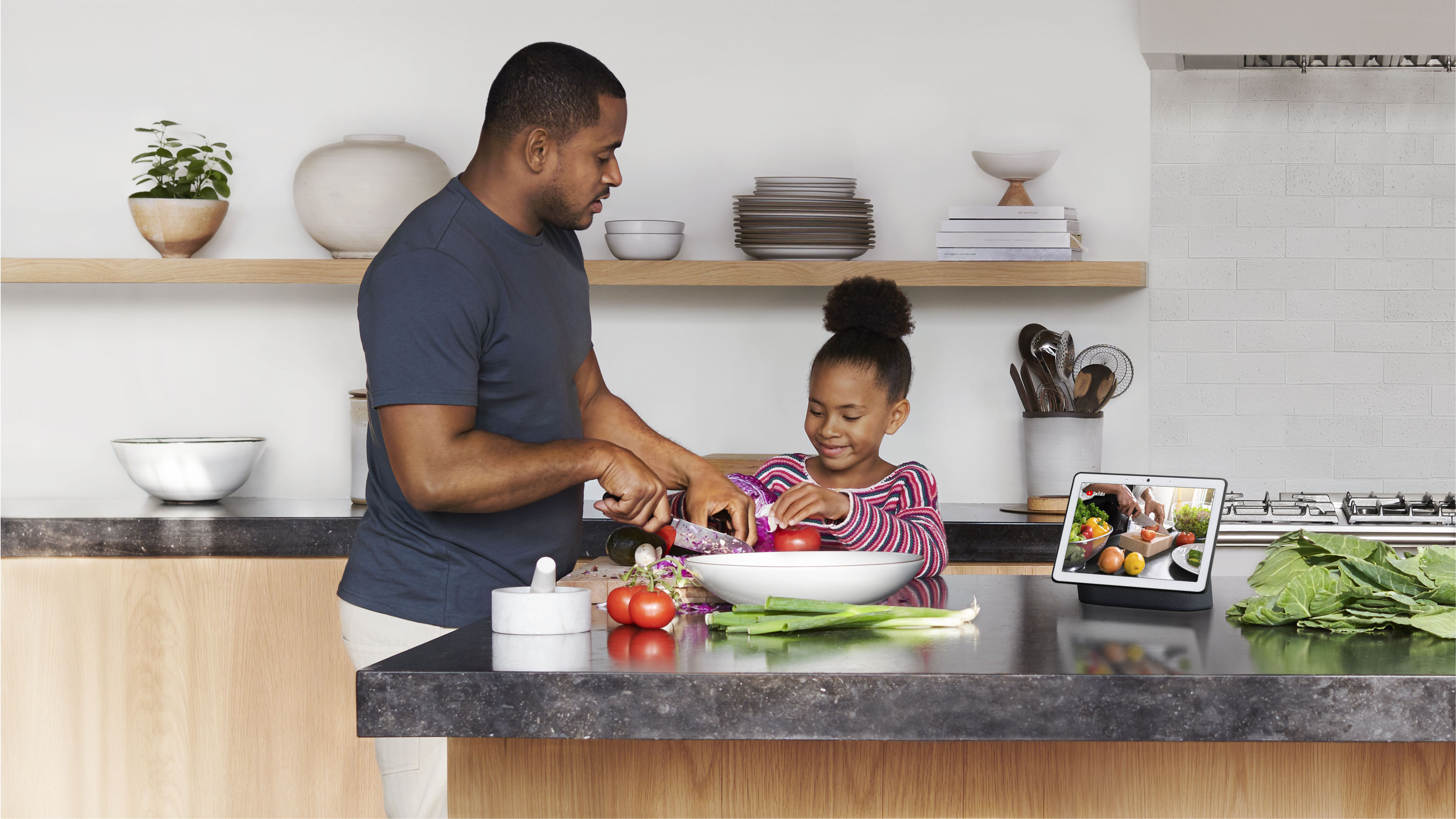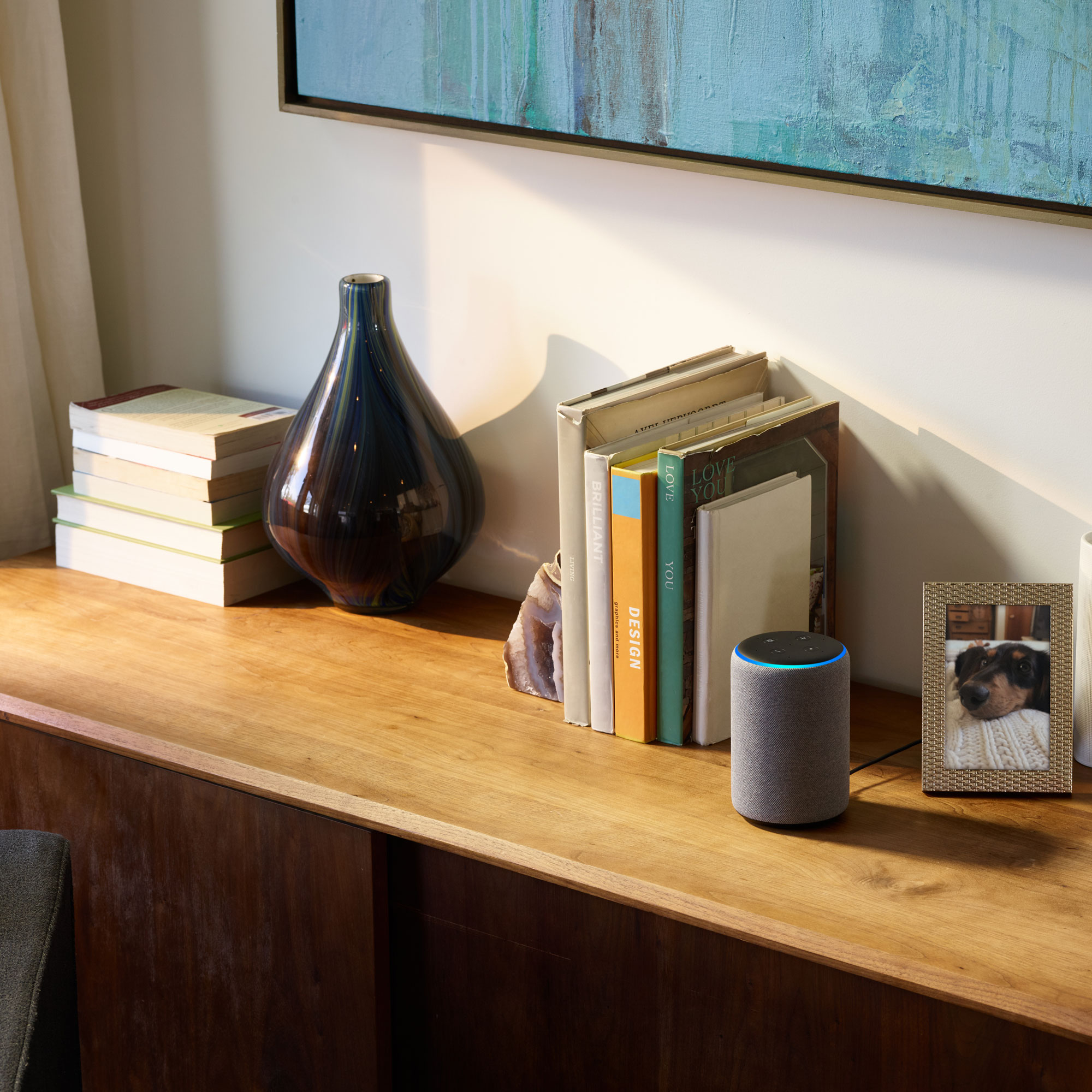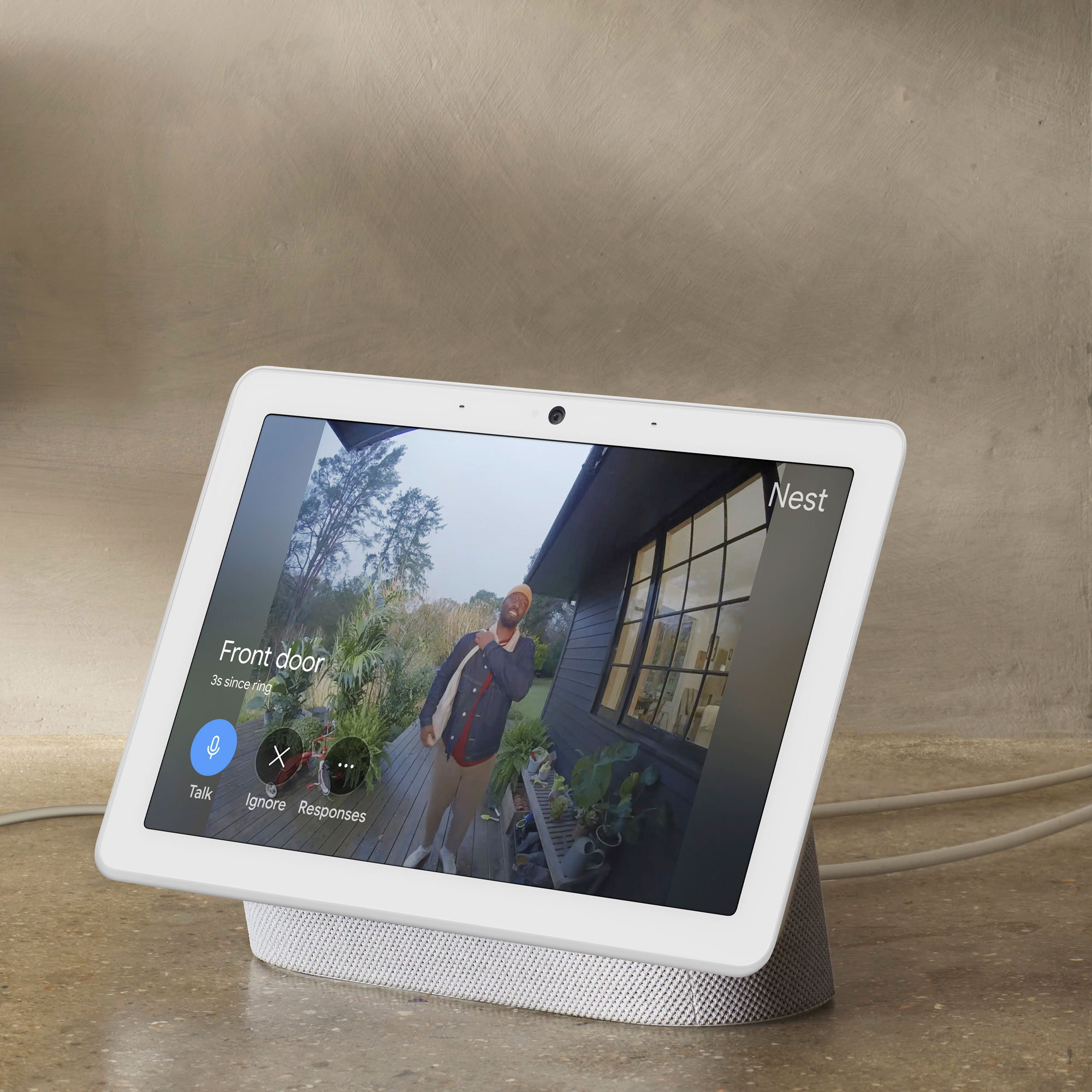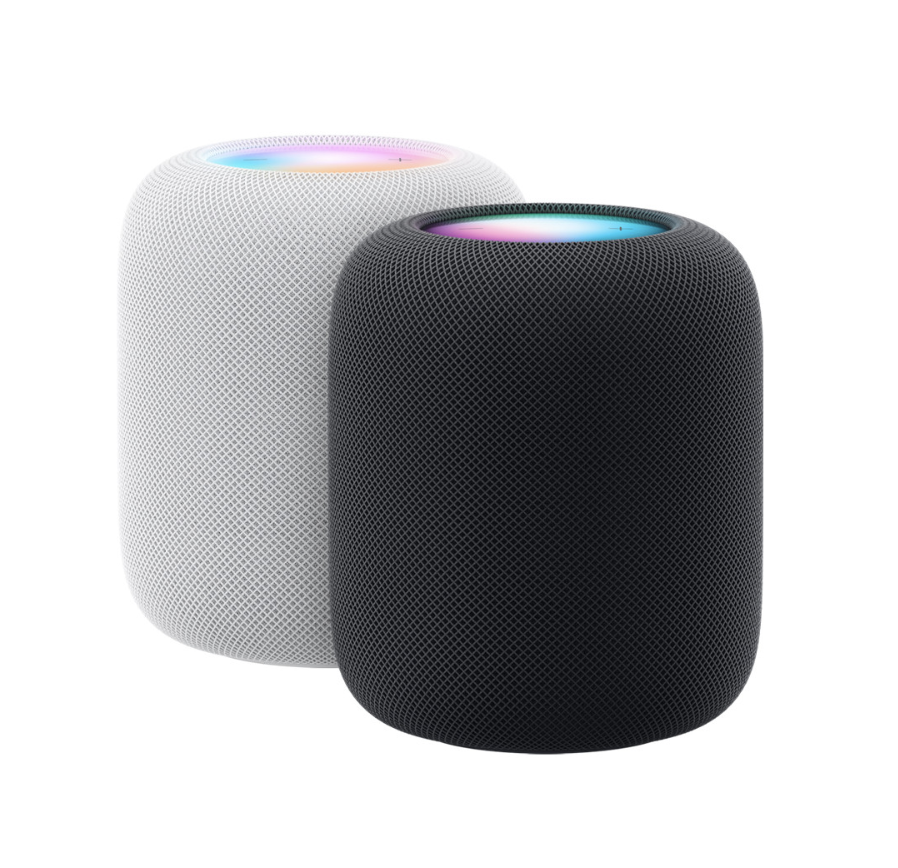Smart home voice control - find out what you can do, just by asking
Discover what smart devices you can voice control, and how to do it to fully embrace a hands-free future at home


Unless you've been living under a rock, you'll have come across a voice control assistant. Many people like the hands-free convenience of having them on their phone to dictate texts and search online without typing. While others may have dabbled in a smart home trend, by investing in a smart speaker for their home, only to ever use it for music streaming.
Apple introduced Siri to the world in 2011, followed by other digital voice recognition assistants, such as Amazon’s Alexa and Google Assistant. And, as with all things tech, it wasn’t long before their skills expanded exponentially, meaning that these vocal helpers have now become a fairly common household device.
The automated operation of elements of your home by voice command has become more and more popular, something that years ago we would have considered sci-fi and futuristic.

Ginevra is the Deputy Editor for Ideal Home magazine and is a self confessed tech nerd. When she's not commissioning, writing and overseeing the production of the magazine each month, she loves to test out smart home tech in her own home and currently has her smart lighting, heating and security all linked up to a Google Home ecosystem which she controls via her Google Nest Hub.
What voice control assistants are there?
The previously mentioned voice assistants created by Apple, Google and Amazon are the top three and the most popular. There are others, namely Microsoft’s Cortana and Samsung’s Bixby, but these aren’t supported by as many third party products.
You can access them using your smartphone (Apple and Google smartphones are naturally assistant ready) or via a smart speaker, smart hub or a device made by another brand, like a TV or streaming stick.
What voice control are they capable of?
Voice assistants can answer questions. Ask them anything and they will search the internet for an answer for you, much like you would manually via Google.
They can tell you the weather forecast, set reminders, timers and alarms, translate languages or convert measurements, even play music via subscription services such as Spotify. They basically provide you with a hands-free solution when you’re juggling lots of other things at home.
Sign up to our newsletter for style inspiration, real homes, project and garden advice and shopping know-how

While many people might prefer to use their voice assistant as a handy question and answer helper, they can do so much more. You can expand its uses to automate a whole number of devices in your home.
Depending on your assistant of choice, you could be saying: ‘Siri, turn the temperature down by two degrees’; ‘Hey Google, living room lights on’; and even ‘Alexa, show me the front door’.
To do this, you will need to follow step-by-step instructions: link the smart device up to your voice assistant, which usually involves downloading the brand’s app; scan a QR code that comes with the device you want to connect; add your WiFi password; and then link it to your voice assistant.
What can I voice control, and how?

Right now, you can link up your voice assistant to a wide range of devices that cover best home security systems, smart lighting, smart heating, entertainment and more.
Aside from the voice assistant brand-owned products – for instance, Amazon owns Ring smart home security cameras and doorbells – many other devices offer compatibility with one or more of the top three.
That said, always check before you buy that the device that you want is compatible, as this always differs. Third-party devices tend to favour Google and Alexa more.
Can I set up routines?

Once you’re up and running, you can create regular schedules and routines for all of your devices so that they switch on (and off) at certain times.
Connect devices linked to your voice assistant to IFTTT to add extra automation based on variables, such as the weather or where you are in the world.
All of these can naturally be overridden if you prefer – just by asking.

Ginevra Benedetti has been the Deputy Editor of Ideal Home magazine since 2021. With a career in magazines spanning nearly twenty years, she has worked for the majority of the UK’s interiors magazines, both as staff and as a freelancer. She first joined the Ideal Home team in 2011, initially as the Deputy Decorating Editor and has never left! She currently oversees the publication of the brand’s magazine each month, from planning through to publication, editing, writing or commissioning the majority of the content.


